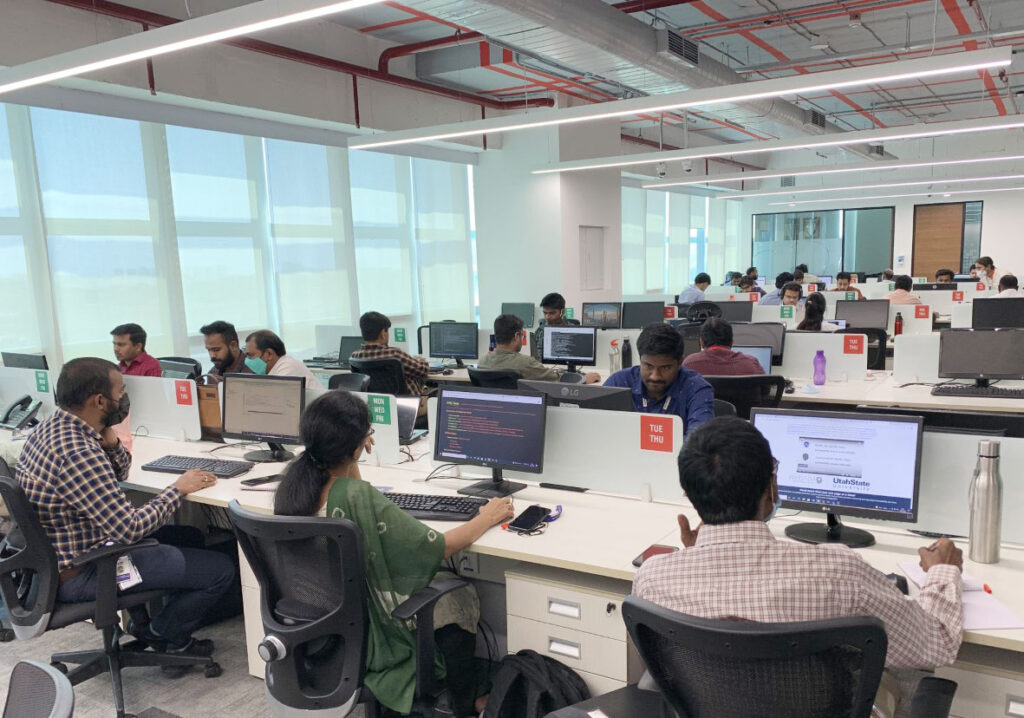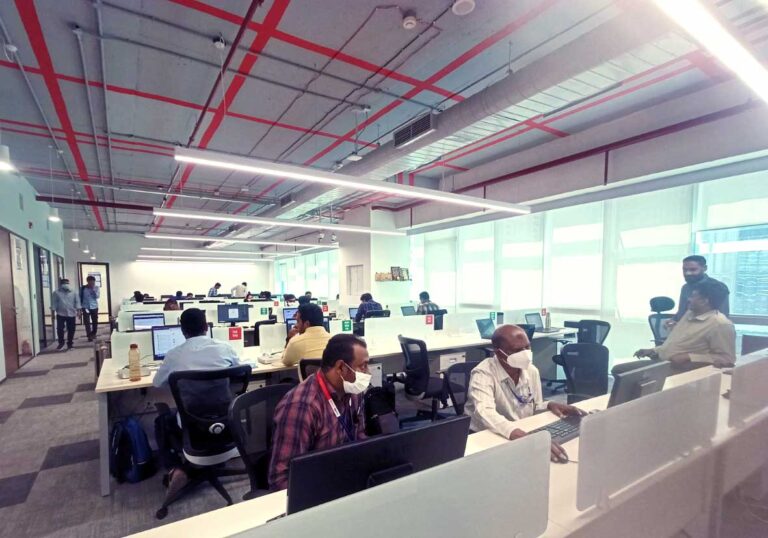After two years of remote working, companies are finally deciding to call their employees back to the office. Many large companies in the US are planning to welcome back employees to return to office in the months of March and April.
Let us see some of the main reasons why companies want employees to return to the office.
Employer-Employee Connection
In an essay for the Harvard Business Review, Art Markman, a professor from the University of Texas writes, “When you observe the actions of other people, you often adopt their same goals. Being around a group of people who are working toward a common mission reinforces that goal in everyone in the workplace.”
See what works best for your teams
Returning to the office after the pandemic is not simple. Offices are reopening, across the globe, at a reduced capacity. Firms have to be very careful in figuring out what works best for their employees and the organization. It is a tough business decision, though.

The benefits of work from home include better communication, access to diverse talent, productivity, reduced costs, etc. However, several employees missed the daily structure of regular working hours. Return to the office, not only creates better focus but helps drown out unnecessary distractions.
Pandemic Burnout
Distractions at home have increased the number of working hours, ultimately posing a challenge of employees feeling exhausted frequently. Return to the office helps in a fixed work schedule, which in turn helps employees maintain work-life balance.
Better communication
A research study by The Institute of Leadership and Management found that 88% of remote workers struggled with miscommunication. In-person and face-to-face meetings are useful for brainstorming, collaboration, and ideation. When employees return to office, they can engage in cross-team communication, knowledge sharing and effective relationship management with clients and colleagues.
Avoids Technology Risks
Different WiFi setups and multiple locations pose huge security risks to the organization. Many enterprises have experienced security breaches and cyberattacks during the pandemic. Moreover, every employee may not have strong WiFi connectivity, leading to communication issues. Return to the office will mean that each employee will gain access to high-speed Internet, stronger network security, and IT administrative support.
Improve Employer-Employee Connection
In remote working, The sense of belonging, common purpose, and shared identity gets lost, thereby deteriorating the overall business performance. New recruits and existing employees need to learn about the company – how it operates, company ethos, different roles/departments, and how to treat clients; employees need to have discussions and interactions with their supervisors to align with the company objectives.
Unified Hybrid Work Approach
Companies must reimagine the post-pandemic operation model. Business leaders must pay attention to choosing appropriate measures that will not adversely impact the organizational culture.
- Focus on building strong ties with your employees.
- The leadership team must pay attention to the core aspects of the organization.
- Choose a hybrid model that suits best for your company.
- Introduce a culture of sharing to provide a sense of stability, belonging, and identity to your employees.
- Interaction with team members provides leaders with an opportunity to create social cohesion

Conclusion
As remote working may lead to overworking, lack of employee-employer relationship, distractions, isolation, etc. companies are encouraging return to the office. However, it is not a forced decision. Remote working will be a possibility if desired in the future. In-office collaboration is instrumental to organizational success. When you are surrounded by people working towards the same goal, you feel inspired to work hard and give your best. It enhances employees’ creativity and productivity levels. Teams will collaborate with each other, acquire new skills, nurture new leaders, and build stronger relationships with employees.
